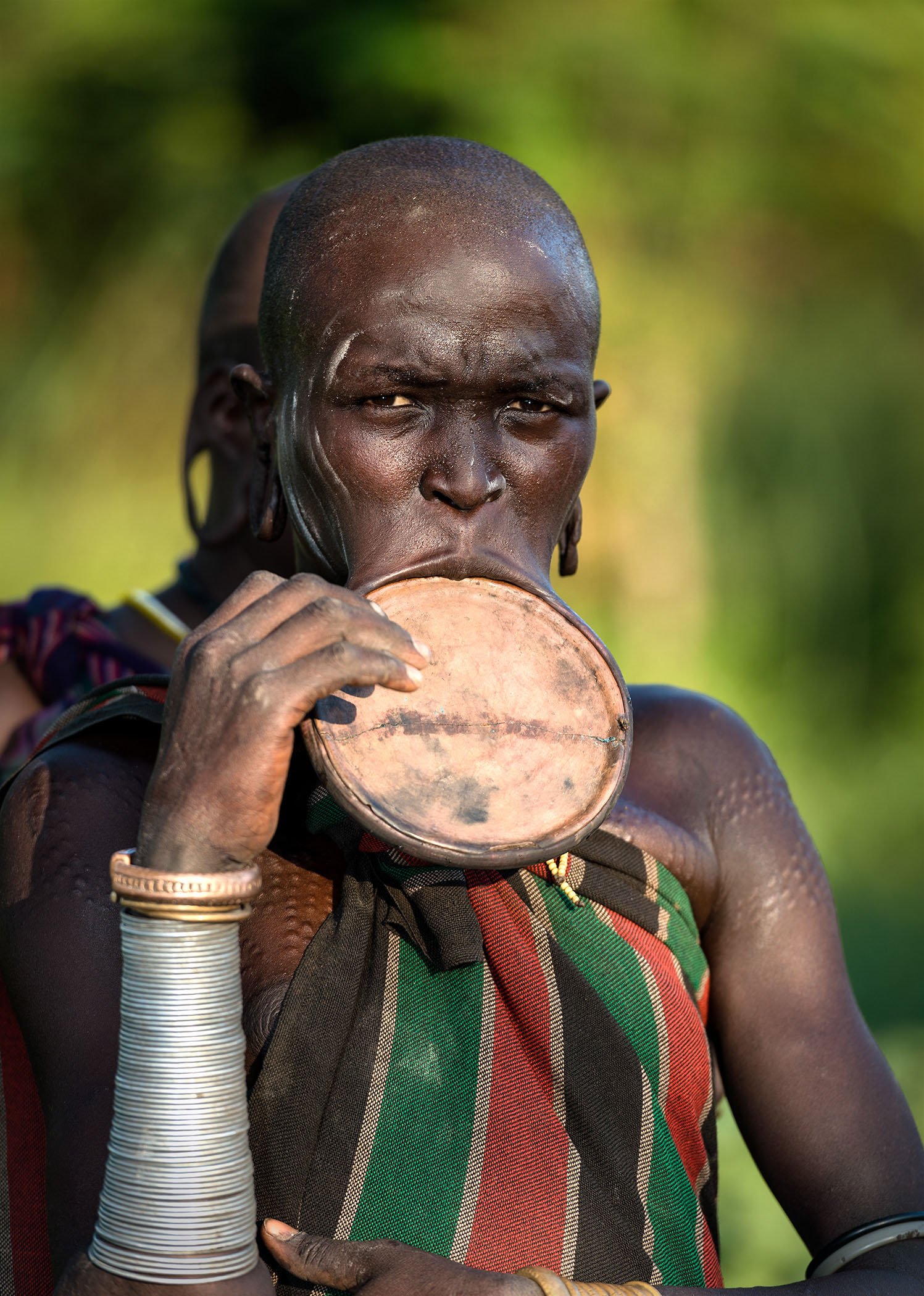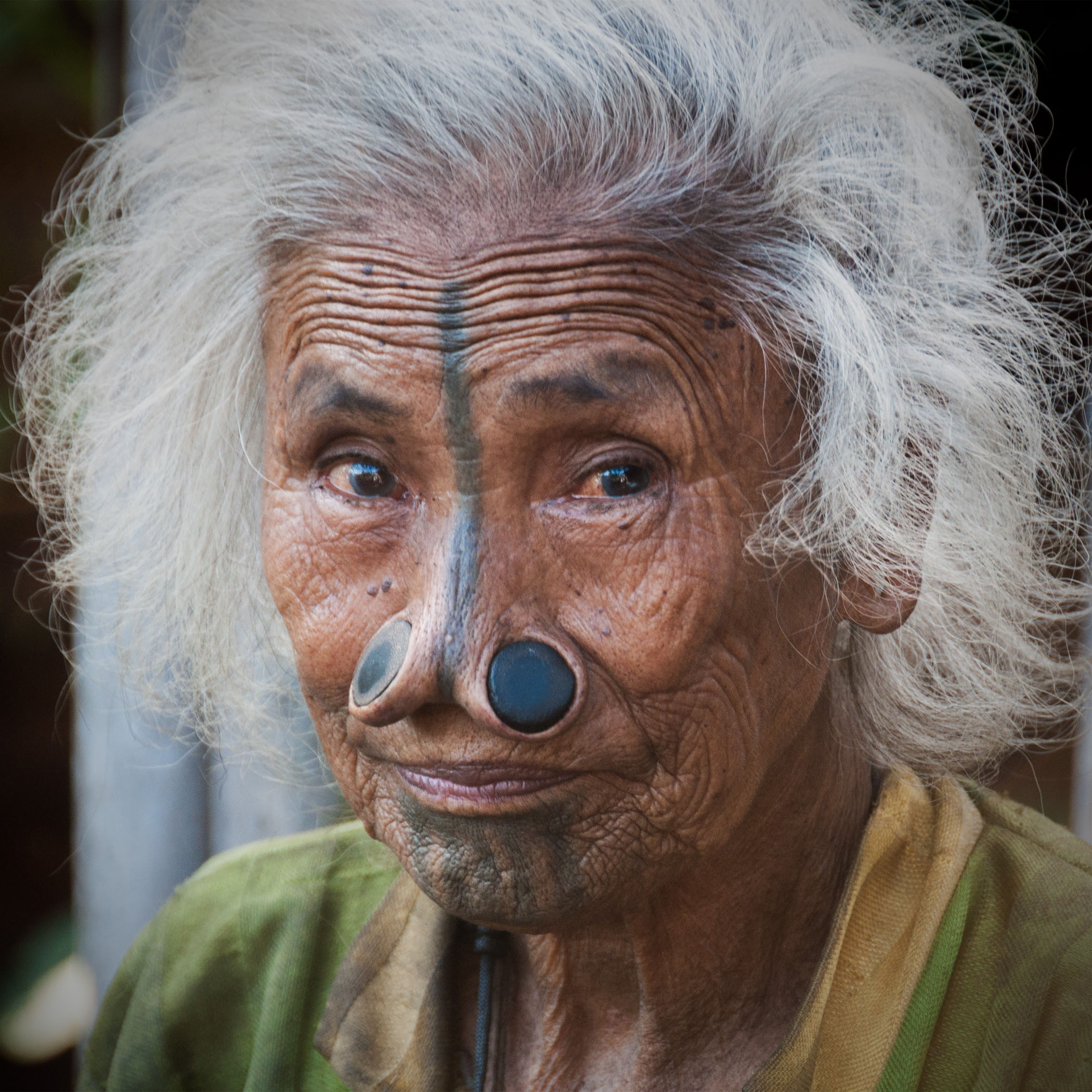5 places to see before they disappear
VirtualTourist.com
There are some places on Earth that will be around for future generations to see, others won’t last another 50 years. With this in mind, members of travel website VirtualTourist.com have put together a list of 5 Places to See Before They Disappear.
Dead Sea, Jordan
The Dead Sea is “dead” because its extreme salinity means nothing lives in it. But it will very soon be even more “dead” because it is evaporating at a rate of around a meter (three feet) a year. Why such a steady and frightening decrease? It is very simple. Not enough water is entering the sea from the River Jordan. The river is used by Israel and, to a lesser extent, Jordan to provide water for irrigation purposes and so the flow is much reduced. If things do not change, this entirely unique area will be destroyed. Even if it does mean that the remains of Sodom and Gomorrah (which, according to local legend, lie under the Dead Sea waters) become visible, it is not enough. If nothing is done, there will be no Dead Sea at all by 2050.
Civita di Bagnoregio, Italy
Civita di Bagnoregio is a 2,500-year-old Etruscan town that was founded along an ancient Italian trading route. A violent earthquake in 1695 cut the town off from the neighboring town of Bagnoregio. Since that time, the town has continued to have its limestone cliffs fall into the canyon below and, to make matters worse, this jewel walled city atop a hill is only accessible via a long pedestrian bridge, which is, unfortunately, crumbling. At the present rate of decay, it is uncertain how long the beautiful town will last.
The Omo Valley, Ethiopia
Not only is the Omo Valley the area where some of the earliest human ancestral remains were found (“Lucy”), it is also home to a number of nomadic tribes that are under extreme pressure from the modern world. The Mursi tribe and their lip plates are disappearing as the younger generations no longer do “lip cutting”. The Karo, Hamar and Daasanach tribes are equally fascinating and equally at risk as they are kicked off their traditional lands by government actions in support of large-scale agribusiness. These people could be gone in a few years. Already, they no longer have access to traditional materials like animal skins that they used for clothing just a decade or two ago.
Tribal Areas of Aruanchal Pradesh, India
One does not typically think of India as a tribal country, but the extreme northeastern part of the country has more tribes than any other place in the world. The most well-known might be the Apitani Tribe of the Hiro Valley. Here the older women, in their 50s and 60s, still have the facial tattoos and nose plugs that were part of their culture. This custom is no longer practiced, so when these women pass, this cultural relic will be gone.
Wildlife on Borneo, Malaysia
Palm oil plantation proliferation threatens two significant species in Borneo, the orangutan and Borneo pigmy elephant, which are seeing their habitat eroded. While protective laws exist, enforcement is weak and their environment keeps shrinking. Mammals of this size require large areas to find sufficient food and forest area for survival. It is estimated that only 1,500 exist today.
(c) 2015 Virtualtourist.com, Distributed by Tribune Content Agency, LLC














